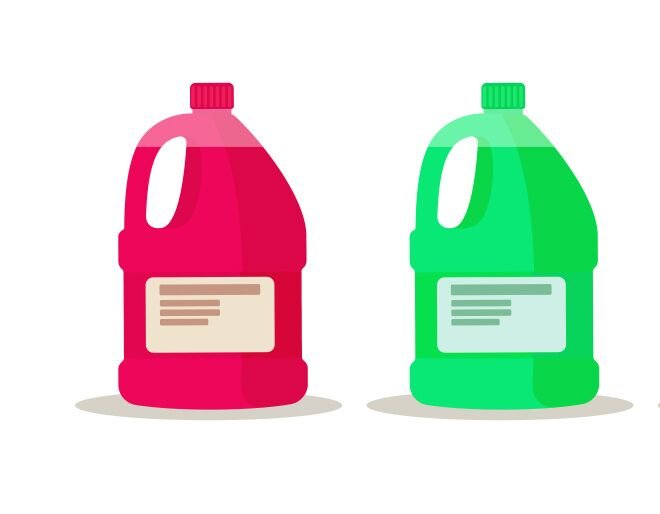
Can You Mix Red and Green Antifreeze?
Introduction
Antifreeze is an essential component in a vehicle’s cooling system, as it helps regulate the engine’s temperature and prevent it from overheating. There are various types and colors of antifreeze available on the market, with red and green being the most common. However, it is important to understand whether it is safe to mix these two colors of antifreeze or if doing so can cause any potential issues. In this article, we will explore the compatibility of red and green antifreeze and provide some guidance on the matter.
Understanding Antifreeze Colors
Antifreeze is available in different colors to indicate the type and composition of the coolant. The most common colors are red and green, but there are also blue, yellow, and orange variants. The color of antifreeze is primarily determined by the type of corrosion inhibitors and additives used in its formulation.
Red antifreeze, also known as Dex-Cool, is often used in vehicles manufactured by General Motors (GM) and contains organic acids and additives that provide extended protection against corrosion. On the other hand, green antifreeze, commonly known as Ethylene Glycol, is the traditional coolant used in many vehicles and contains silicates, phosphates, and other additives to prevent rust and corrosion.
Mixing Red and Green Antifreeze
The key question remains: can you mix red and green antifreeze? The short answer is no, it is not recommended to mix the two colors of antifreeze. Mixing different types of antifreeze can lead to chemical reactions, resulting in the formation of sludge or gel-like substances that can clog the cooling system and cause damage to the engine.
While both red and green antifreeze serve the same purpose of cooling and protecting the engine, their chemical compositions differ. Mixing them can disrupt the delicate balance of additives and inhibitors, reducing the effectiveness of the coolant and potentially causing engine problems.
What to Do If Mixing Occurs
If you accidentally mix red and green antifreeze, it is crucial to address the issue promptly to prevent any potential damage to your vehicle. Here are some steps you can take:
- Flush the cooling system: Drain the mixed antifreeze from the cooling system and flush it thoroughly with water to remove any remnants of the mixed coolant.
- Refill with the correct antifreeze: After flushing, refill the cooling system with the appropriate antifreeze recommended by your vehicle manufacturer. This ensures that the coolant is compatible with your engine and provides optimal protection.
- Monitor for any issues: Keep an eye on your vehicle’s temperature gauge and check for any signs of overheating or coolant leaks. If you notice any abnormalities, it is advisable to consult a professional mechanic for further inspection.
Preventing Mixing
To prevent the accidental mixing of different types of antifreeze, it is important to follow these guidelines:
- Read the vehicle manual: Always refer to your vehicle’s manual to determine the recommended type and color of antifreeze for your specific make and model.
- Label and store antifreeze properly: Store antifreeze in clearly labeled containers to avoid confusion and ensure that the correct coolant is used during refills.
- Flush the cooling system when changing antifreeze: When switching from one type or color of antifreeze to another, it is advisable to flush the cooling system to remove any remnants of the previous coolant.
Conclusion
In conclusion, it is not recommended to mix red and green antifreeze due to potential chemical reactions and the formation of harmful substances. Mixing different types of antifreeze can lead to cooling system issues and engine damage. To maintain the health of your vehicle’s cooling system, it is crucial to follow the manufacturer’s recommendations and use the appropriate antifreeze for your specific vehicle. If mixing occurs accidentally, it is important to flush the system and refill it with the correct antifreeze promptly. By taking these precautions, you can ensure the optimal performance and longevity of your vehicle’s engine.




